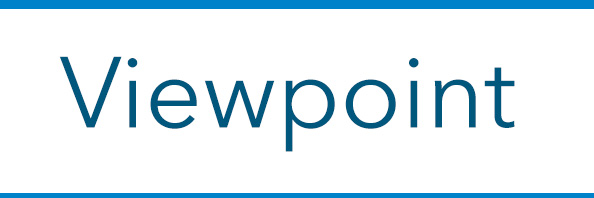K-12 teacher shortages across the country continue to worry parents, politicians, policymakers and other stakeholders. Although it is a problem that requires a multi-pronged approach, public community and technical colleges can provide an affordable education pathway for many aspiring teachers.

For example, there are about 2.5 million dual-enrolled students across the country, according to an American Association of Community Colleges analysis of new federal data. A portion of those secondary school students are graduating with an associate degree, with many others having completed one year of college credits by the time they graduate from high school.
This means that those who may select to become teachers will already be half or one-fourth of the way to a bachelor’s degree. By allowing community technical colleges to provide baccalaureate degrees in education, many new teachers could become available relatively quickly.
Comparing college costs, debt
With the costs of attending a community or technical college being so much lower in comparison to four-year institutions, entry into the education field through a two-year path makes sense:
- The savings from less cost and debt would mean those expenses wouldn’t eat into new teachers’ salaries.
- The cost of a baccalaureate in states offering these degrees at community colleges in fields other than education is in the $10,500 to $12,000 range for the four years. Further, students who take the dual-enrollment path could see that reduced by 25% to 50%.
- About two-thirds of community college students don’t take student loans to cover college costs. Compare this to the 39% of students at four-year institutions who don’t take out student loans.
- Maricopa Community Colleges in Arizona started offering various baccalaureate programs in fall 2023. One year later, more than 4,100 students are pursuing community college bachelor’s degrees, including a new one in education.
- In addition, tuition was $97 per credit hour for lower-division courses and $145.50 for upper-division classes. These students should save up to $40,000 versus enrollees obtaining these baccalaureate degrees in four-year colleges and universities.
- Sixty percent of the Maricopa baccalaureate degree students are first-generation college students.
Why the teacher shortage?
Between 2009 and 2014, teacher education enrollments in the United States dropped significantly, declining from 691,000 to 451,000 — a reduction of approximately 35%. During this period, the demand for teachers also began to rise, but the supply remained low and even declined further. These declines in teacher education enrollments have continued over the past 10 years. Several university programs have been dissolved, and others have very limited enrollments and are also near numbers that will cause them to dissolve their programs.
The quality of teachers, especially new ones, is also a concern. A 2024 report on teacher shortages found a total of 365,044 teachers were not fully certified in their teaching assignments. The 30 states that reported data also listed 41,920 unfilled teaching positions.
Related article: Addressing the growing crisis in K-12 teacher shortages
Several states have moved to increase the number of teachers entering the field through “grow your own” programs. Starting at an early age, these attempts have tried to identify secondary school students and adults in the communities to increase the number of potential teachers.
Among the goals of grow-your-own programs:
- Provide a way to ease teacher shortages.
- Make teaching degrees more accessible.
- Increase retention, as they are expected to keep many aspiring teachers in the communities where they have been recruited.
- Diversify the teacher workforce, which has been overwhelmingly White.
However, research on these programs has yet to find that they have been able to accomplish these program goals.
There’s another promising program called Educators Rising, which helps secondary school students in deciding whether they might wish to become teachers. The program is available in 31 states through agreements with their education departments. Funding comes from state education departments, local foundations and other community funding sources.
* * *

Dr. Hans Andrews is the Distinguished Fellow in Community College Leadership through Olney Central College (Illinois). He is a former president of the college. Andrews is credited with starting the first dual-credit programs in the country between community colleges and secondary schools.
Dr. Greg Rockhold, a former superintendent, served on the board of the National Association of Secondary School Principals, president of the New Mexico Coalition of School Administrators, and executive director of the New Mexico Association of Secondary School Principals.





